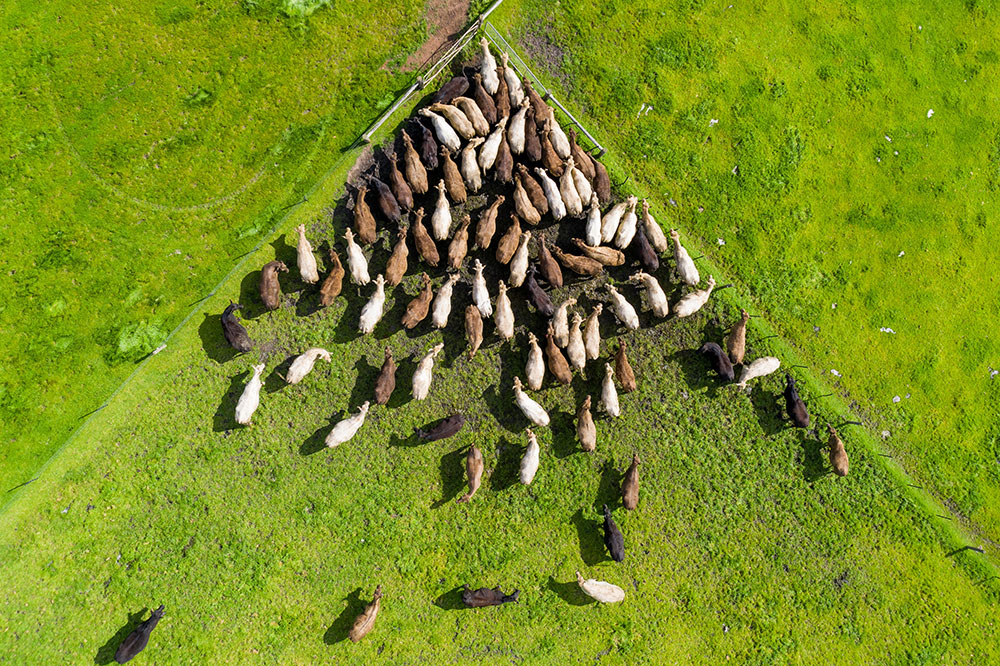Author: Dr Gita Nandan.

Download the full report
This article looks at the trends in foreign direct investment in Australia’s agricultural sector, its potential benefits, community concerns about it, and the range of Australian policies that are involved in its regulation.
About this report
Foreign direct investment (FDI) in Australian agriculture, forestry and fisheries offers a wide array of benefits and has also raised community concerns in the past, including apprehensions about the erosion of Australia’s sovereignty, food security and negative impacts on Australian rural communities. This article looks at the trends in FDI in Australia’s agricultural sector, its potential benefits and community concerns, and the range of Australian policies that are involved in its regulation.
Key findings
- FDI in Australian primary agriculture is modest. For example, in 2023, only around 13% of Australian agricultural land had a significant share (20% or more) of foreign ownership.
- FDI in Australian agriculture offers a range of benefits such as the injection of financial resources, technological innovation and enhanced access to global value chains and export markets.
- These factors contribute to the productivity, dynamism and competitiveness of Australia’s agricultural sector, positioning it to better navigate various challenges and opportunities in the global marketplace. This ultimately yields positive outcomes for Australian rural communities and the national economy.
- Australia’s longstanding policy approach aims to strike an appropriate balance between harnessing the advantages of FDI for Australia and ensuring that FDI proposals in the sector are subject to effective screening and regulation. This underpins community confidence that FDI in agriculture is in Australia’s overall interests.
